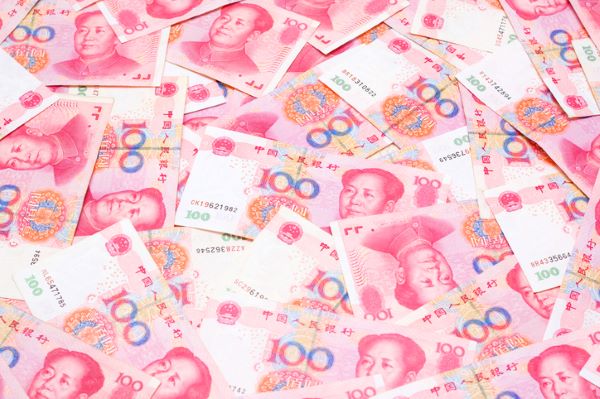China’s tech crackdown has benefits for emerging brands | WARC | The Feed
The Feed
Read daily effectiveness insights and the latest marketing news, curated by WARC’s editors.
You didn’t return any results. Please clear your filters.

China’s tech crackdown has benefits for emerging brands
Behind the headlines about the Chinese government tightening restrictions on the country’s tech brands, investment – and marketing spend – is shifting towards consumer brands.
What’s happening
Tech and education companies have been high fliers in recent years but with recent government crackdowns they’re suddenly looking less attractive for investors. In the first half of the year, for example, total video gaming revenue and gamer numbers fell for the first time since data collection started in 2008 – a consequence of far fewer new games being licensed by a government which has also instituted play-time limits.
Venture capitalists and private equity firms are now turning their attention to consumer brands, China Skinny notes. “The grocery/food & beverage category is particularly hot right now,” the agency adds, with the tea category alone receiving ¥5.3bn ($820m) investment in the first half of the year.
What it means
The beneficiaries are emerging brands, many of which are effectively operating like tech start-ups with a focus on acquiring customers and growing revenue ahead of worrying about profits.
China Skinny contrasts the 15-25% of revenue that foreign brands typically spend on marketing in China, with the 65% or more that many cash-rich emerging brands are spending. Much of that money is going on KOLs, KOCs and livestreaming. Beverage brand Genki Forest, for example, posts a third more content on social media than Coca-Cola.
Brands are having to work harder than ever to stand out, but get it right and the rewards come quickly. During last year’s 618 e-commerce festival, 459 brands that were the top-sellers in their particular segments were less than three years old.
Sourced from China Skinny, South China Morning Post, Caixin Global
Email this content
